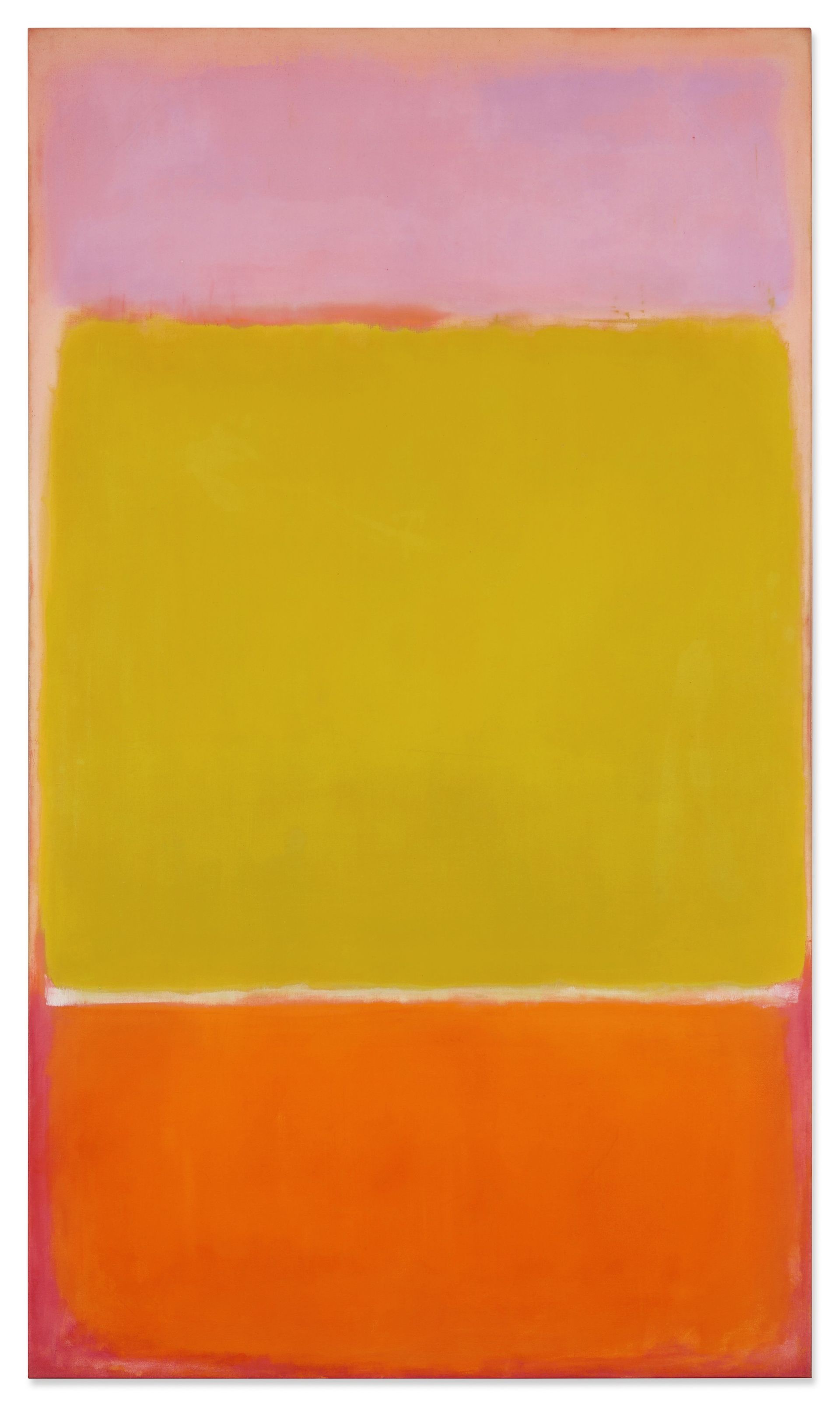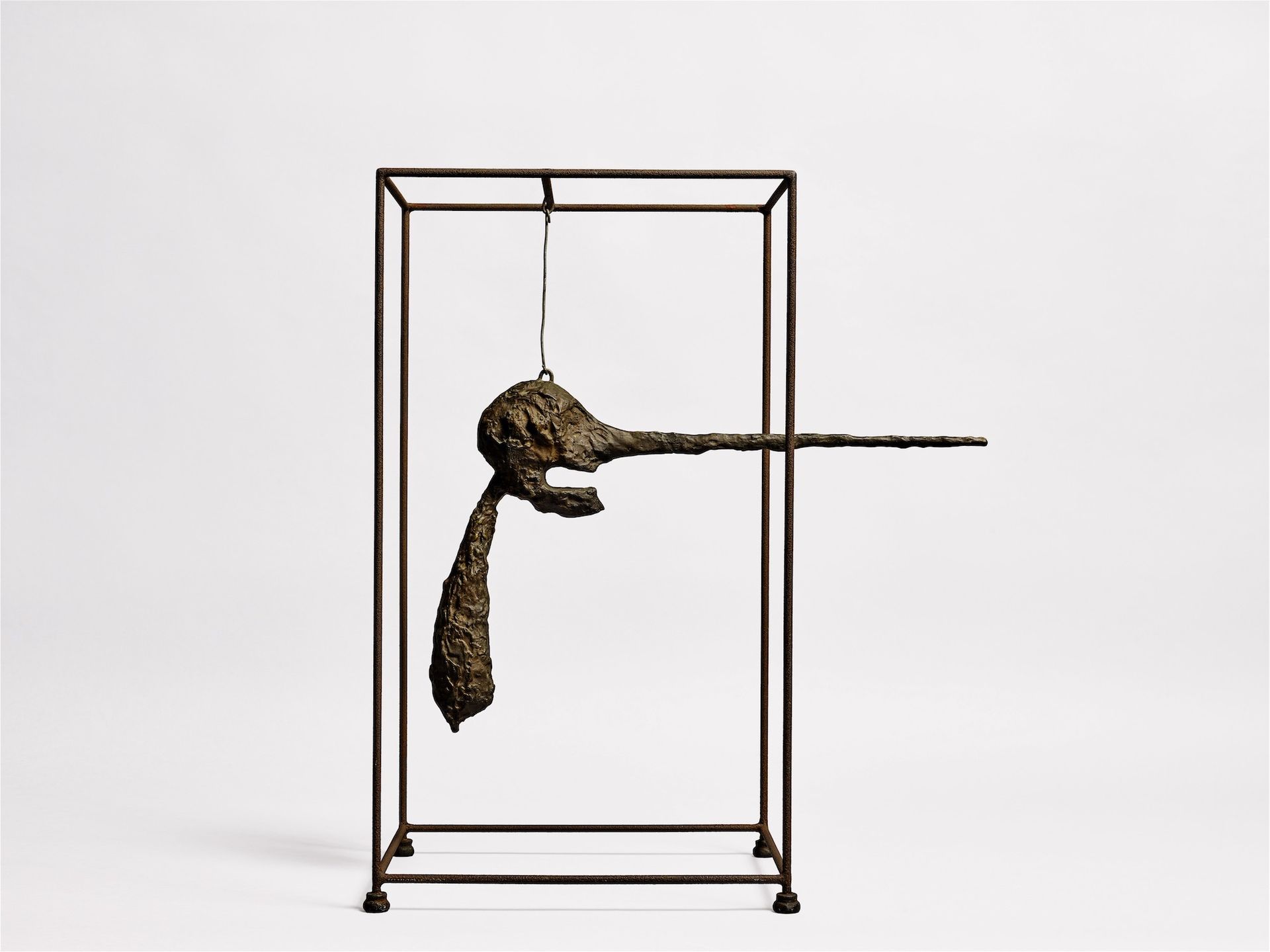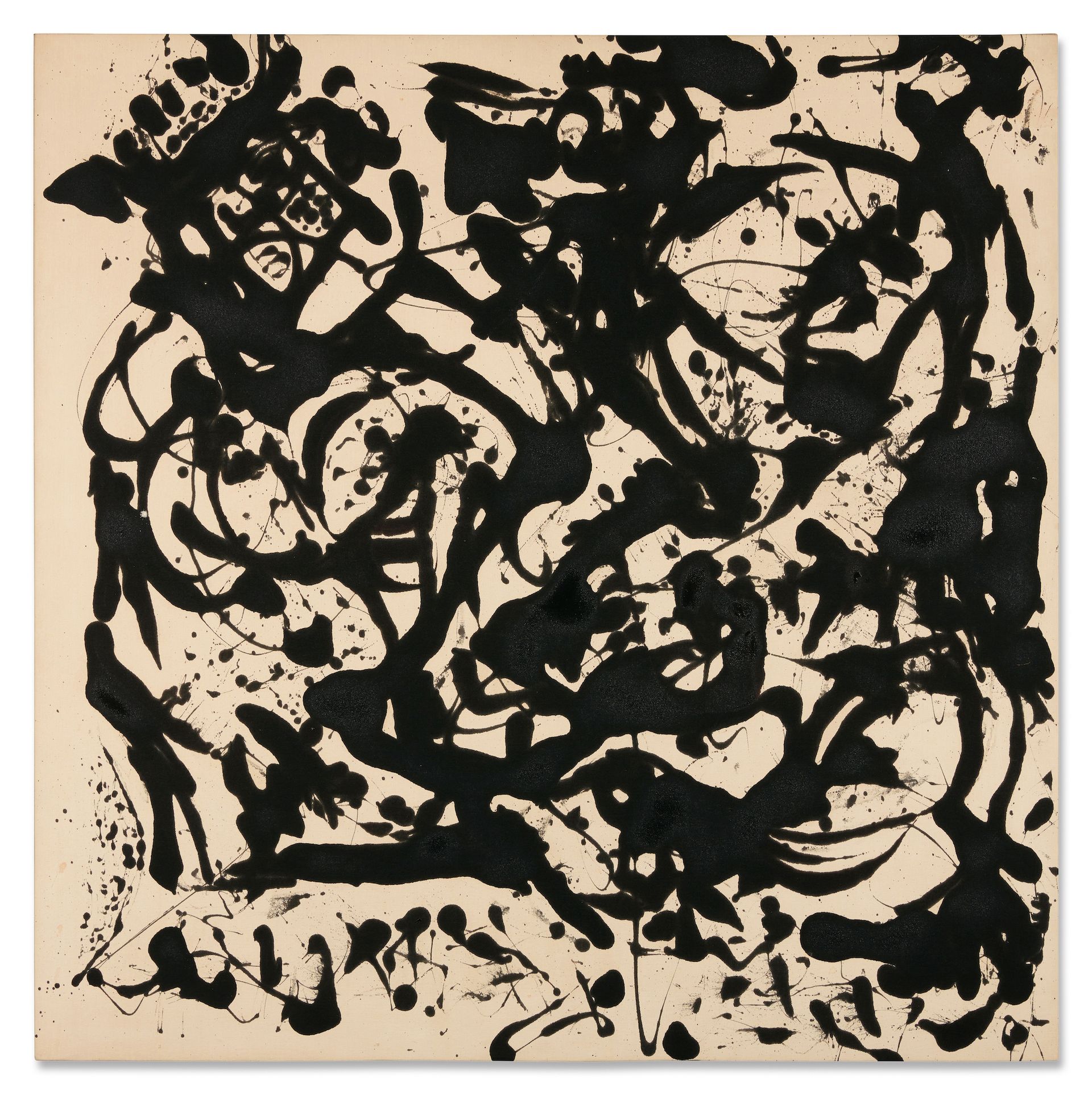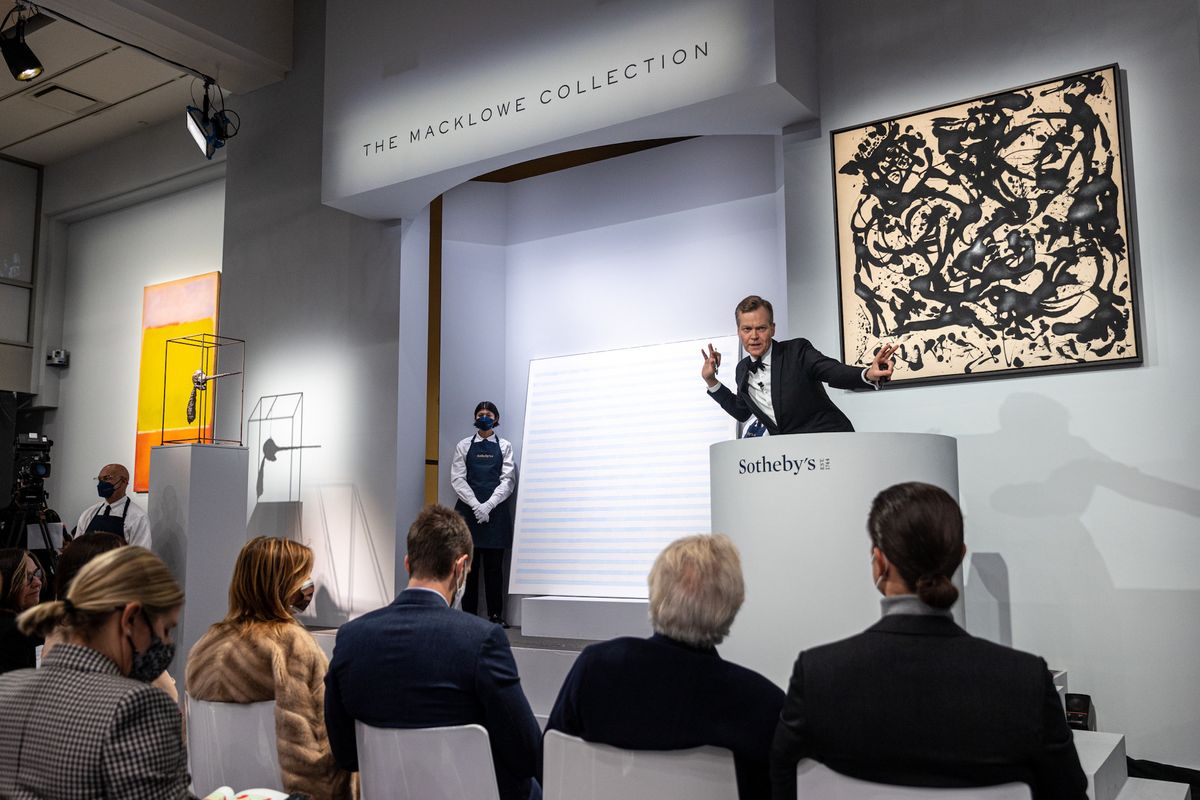Divorce, one of the three “Ds” that result in major art collections going to auction, brought a deluge of another “D”—dollars—to Sotheby’s at the first of two court-ordered auctions of Linda and Harry Macklowe’s art collection on Monday night in New York. All 35 lots found buyers, making for a white glove sale that brought in a total hammer price of $588.7m, near the high end of the pre-sale estimate of $439.4m-$618.9m (estimates do not include the buyer’s premium). With fees, the evening’s total take was $676.1m, making it the most valuable sale in Sotheby’s 277-year history. New records were set for works by Agnes Martin, Jackson Pollock, Robert Irwin and Michael Heizer.
The entire sale was backed by a financial guarantee covering all 35 lots, 22 of which also had irrevocable bids. Above and beyond those hedges, the sale saw spirited competition from bidders and specialists in Sotheby’s New York salesroom, as well as specialists in London and Hong Kong, and the occasional online bidder. As the proceedings got underway, auctioneer Oliver Barker jokingly said, “I guess you could call this the most ambidextrous sale we’ve ever had.”

Mark Rothko’s No.7 (1951). Courtesy of Sotheby’s
The night’s two star lots, Mark Rothko’s luminous canvas No. 7 (1951) and Alberto Giacometti’s tortured bronze Le Nez (1947), both of which had estimates of $70m-$90m, went to collectors bidding from Asia, albeit with different results. The Rothko, a cascading composition of mauve, chartreuse and orange, sparked an eight-minute contest exclusively among collectors from Asia, with Sotheby’s senior director Patti Wong logging the winning bid of $77.5m. With fees the price came to $82.4m, the second-highest auction result for the artist’s work.
“Rothko’s in the pantheon, he’s in the history books,” the art advisor Doug Woodham said before the sale, noting that scale and colour palette are often the most important factors influencing a classic Rothko painting’s performance at auction. “People are willing to splurge on beautiful, brightly coloured works.”
The Giacometti, a suspended figure with an elongated nose whose silhouette resembles a gun, was a bit of a misfire. After some lively chandelier bidding by Barker, two bids pushed the price up to $68m, where it stalled and ultimately sold to a client on the phone with Hong Kong-based specialist Yonnie Fu. With fees, the price came to $78.3m.
A few hours after the sale concluded, Hong Kong-based cryptocurrency investor and NFT (non-fungible token) collector Justin Sun revealed on Twitter that he was the winning bidder for the Giacometti; he later announced he would donate Le Nez to ApeNFT, a blockchain-based fractional ownership fund with which his foundation has partnered.

Alberto Giacometti’s Le Nez (1947). Courtesy of Sotheby’s
The most dramatic results of the night were for works with estimates in the high seven and lower eight figures. For instance, the sublime painting Untitled #44 (1974), a composition of alternating stripes of pale blue and red by Agnes Martin (one of just two women artists featured in the sale, accounting for three of 35 lots), rapidly surpassed its high estimate of $8m, ultimately selling for a hammer price of $15.2m ($17.7m with fees), to another client on the line with Wong. That result represents an increase of nearly two thirds from Martin’s prior auction record of $10.6m, set at a Christie’s sale in 2016.
Jackson Pollock’s Number 17, 1951 (1951), a symphony of dripped and pooled black paint, likewise shot past its high estimate ($35m) and, after a nine-minute, four-way bidding war, sold to a collector on the line with Sotheby’s head of contemporary art Grégoire Billault for a hammer price of $53m ($61.1m with fees). Later in the sale, the same bidder snapped up a towering Rudolf Stingel for a hammer price of $2.3m ($2.8m with fees). The Pollock result set a new auction benchmark for the Abstract Expressionist’s work, surpassing the sale of Number 19 (1948) for $58.3m at a Christie’s sale in 2013. (Privately, his works have been known to trade for far more, most notably in 2016 when David Geffen sold the 1948 canvas Number 17A to Ken Griffin for a reported price of $200m.)
Competition was fierce for the first two thirds of the sale. But after a protracted bidding war for Gerhard Richter’s large Abstraktes Bild (1993) pushed its price close to its $30m high estimate—it hammered at $28.5m ($33m with fees)—lots began to move more quickly. “Some of us have dinner plans—it’s my wife’s birthday tonight!” Barker said as the sale crept into its third hour. Nevertheless, a contest broke out for the sale’s final lot, a bright red Mark Grotjahn painting from 2002 that bested its high estimate of $3m to sell for a hammer price of $4.7m ($5.6m with fees).

Jackson Pollock’s Number 17, 1951 (1951). Courtesy of Sotheby’s
The sale’s total take of $676.1m marked the highest result ever for a single-owner sale at any auction house, according to Sotheby’s, a promising tally considering it will be offering a second group of works from the Macklowes’ collection in May 2022.
“There really was a very strongly operating eye in the formation of the collection,” said art advisor Beverly Schreiber Jacoby. “The collectors’ approach is one of acquiring all the right paintings by all the right artists from all the right years, and they are exceptionally fine.” Tonight’s result suggests the market agrees. Even Linda and Harry Macklowe, who don’t see eye to eye on much anymore, must both be pleased.


